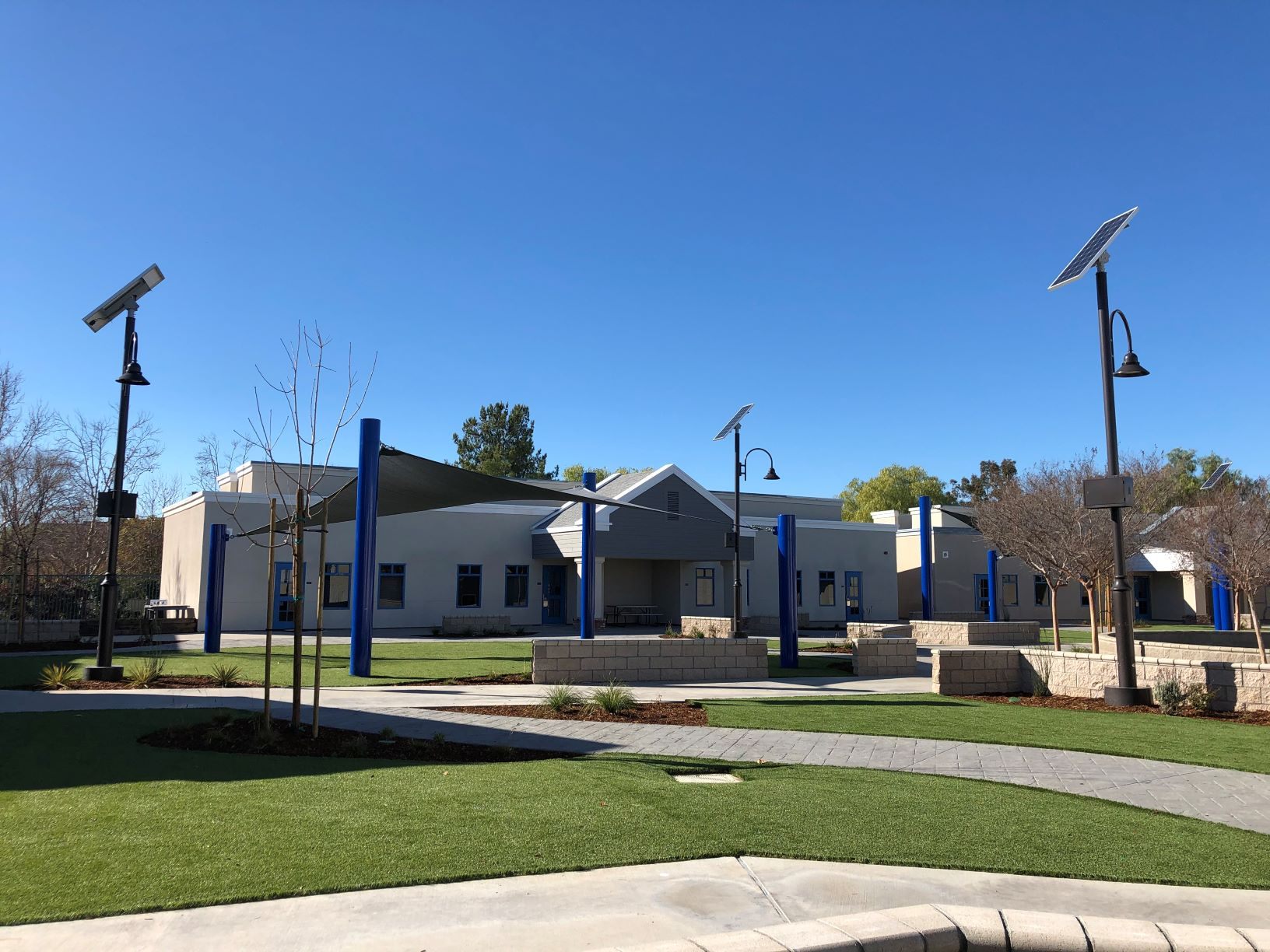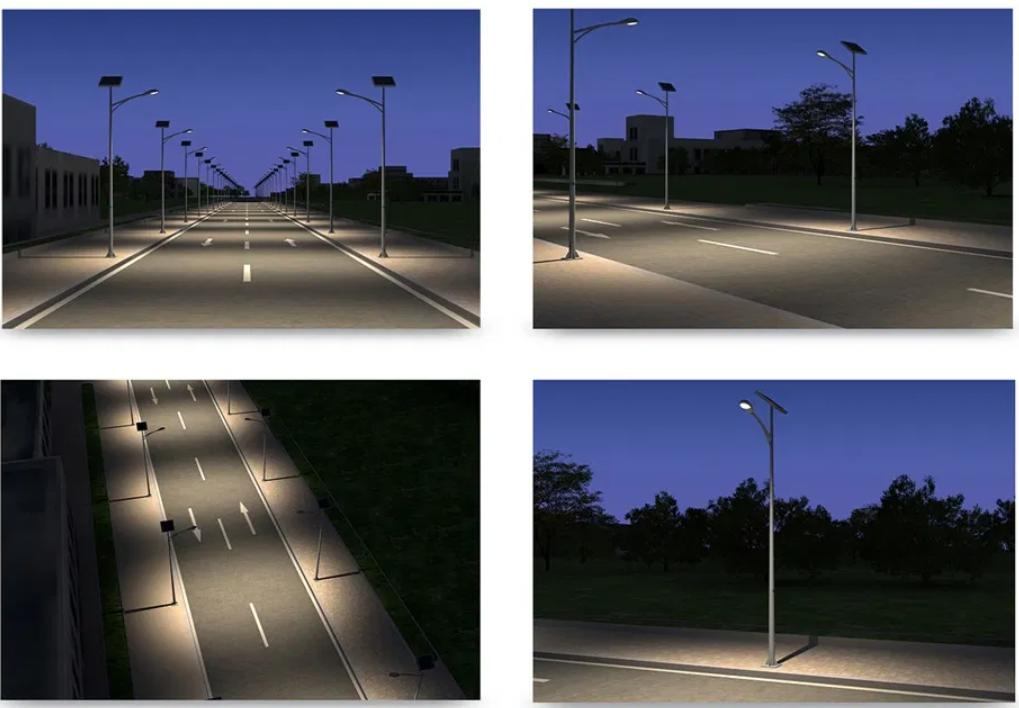Solar Lighting Solutions for CaliforniaPosted by Stephen Shickadance in Most Popular. Solar FAQs. Applications of Solar Lighting. Solar Lighting Design.California is known for its abundant sunshine, making it an ideal location for solar lighting solutions. However, as winter approaches, many homeowners and businesses wonder how well solar lights perform during colder months, particularly in areas that experience cloudy days, rain, or even occasional snow.
While California generally enjoys a mild winter climate, regions like the Sierra Nevada, northern California, and high-altitude areas can experience harsher conditions. Fortunately, modern solar lighting solutions are designed to withstand winter challenges, ensuring reliable performance year-round. What are the best solutions for California’s varied climate, and how can you optimize your solar lights for winter performance?
Why Solar Lighting Is the Future1. Environmental BenefitsSolar lighting reduces reliance on fossil fuels and lowers carbon emissions. Unlike conventional lighting systems, which depend on coal or natural gas-powered electricity, solar lights harness renewable energy from the sun. Additionally, solar lighting systems minimize toxic waste by eliminating the need for disposable batteries and non-LED bulbs that contain hazardous materials. 2. Cost SavingsWhile the initial investment in solar lights may be higher, long-term savings are substantial. Once installed, they require little to no electricity from the grid, reducing monthly utility bills. California residents can also benefit from tax credits and rebates for solar installations. 3. Energy IndependenceWith California’s frequent power outages due to wildfires, storms, and grid failures, solar lighting provides a dependable alternative that remains operational even during blackouts. 4. Low Maintenance and DurabilityMost modern solar lighting solutions use LED bulbs with a lifespan of up to 50,000 hours. Solar panels also last 20+ years, making them a long-lasting and cost-effective solution. Winter Considerations for Solar Lighting in CaliforniaWhile most of California enjoys mild winters, some regions experience shorter daylight hours, overcast skies, and precipitation, which can impact solar energy absorption. Here’s how to optimize your solar lighting performance during winter: 1. Choose High-Efficiency Solar PanelsSolar panels with monocrystalline technology are the most efficient, especially in low-light conditions. They capture more sunlight and generate more power even when the sky is overcast. 2. Adjust the Solar Panel AngleWinter sunlight comes at a lower angle, so tilting solar panels face the sun more directly can improve energy absorption. Ideally, the tilt should be adjusted to the latitude of your location plus 15 degrees to maximize efficiency. 3. Use Battery Storage with Higher CapacitySince winter days are shorter, a higher-capacity battery ensures a longer light duration. High-capacity batteries are more effective in cold temperatures than lower-capacity alternatives. 4. Keep Panels Clear of Snow and DebrisFor California’s mountainous and high-altitude regions that experience snowfall, regularly clearing panels of snow or dirt helps maintain energy collection. 5. Invest in Motion Sensor Solar LightsTo conserve battery life, motion-activated solar lights turn on only when needed, rather than running continuously from dusk to dawn. This is especially useful in winter when solar panels receive less sunlight. 6. Waterproof and Weather-Resistant DesignsRain and storms are common in California during the winter months. High-quality solar lights with IP65 or higher ratings ensure durability against rain, moisture, and temperature fluctuations. Best Solar Lighting Solutions for California (Winter-Optimized)1. Solar Street Lights with Winter-Resistant FeaturesPerfect for highways, parking lots, and public spaces, winter-optimized solar streetlights come with larger battery storage, high-lumen LEDs, and durable waterproof casings to withstand seasonal changes. Best for: Public spaces, parking lots, municipal projects 2. Solar Security and Motion Sensor LightsMotion-sensing solar security lights conserve energy by activating only when movement is detected, making them ideal for winter months when daylight hours are limited. Best for: Home security, business perimeters, driveways 3. Solar Floodlights with Adjustable PanelsFloodlights provide bright illumination for large areas. Models with adjustable solar panels allow users to optimize positioning for maximum sunlight absorption. Best for: Large outdoor spaces, construction sites, event venues 4. Solar Garden and Pathway LightsGarden lights provide beautiful and functional illumination while remaining energy-efficient. For winter, pathway lights with monocrystalline panels and warm LED bulbs offer better performance in cloudy weather. Best for: Residential yards, sidewalks, parks 5. Solar Lanterns and Portable Lights for Emergency UseSince power outages are more common in winter, portable solar lanterns are great for emergency lighting, camping, and remote areas. Best for: Backup lighting, emergency preparedness, outdoor adventures Financial Incentives for Solar Lighting in CaliforniaCalifornia provides multiple incentives to promote solar energy adoption: 1. Federal Solar Investment Tax Credit (ITC)Homeowners and businesses can claim up to 30% of their solar installation costs as a tax credit. 2. California Solar Initiative (CSI)Offers rebates for residential and commercial solar installations, including lighting solutions. Conclusion: Solar Lighting for Year-Round Use in CaliforniaSolar lighting remains a reliable, cost-effective, and eco-friendly solution for California, even during winter. With advancements in battery storage, efficient solar panels, and durable designs, today’s solar lighting systems can withstand seasonal changes while delivering consistent illumination. Whether you need lighting for streets, pathways, gardens, security, or emergency backup, there is a winter-optimized solar solution available. You can ensure year-round performance and energy savings by following best practices—such as adjusting panel angles, using high-efficiency batteries, and choosing weather-resistant models. California’s push toward sustainable energy makes now the perfect time to invest in solar lighting. With financial incentives, technological improvements, and a growing market, solar lighting is set to play a key role in the future of outdoor illumination.
Most Popular
Solar FAQs
Applications of Solar Lighting
Solar Lighting Design
|
ArchivesNo Archives Categories
Want More Info? |
LATEST NEWS & ARTICLES


